The rules for cutting down trees on a build as explained by a lawyer
If you have a tree that is standing in the way of your build project, here are the rules you need to know before cutting it down
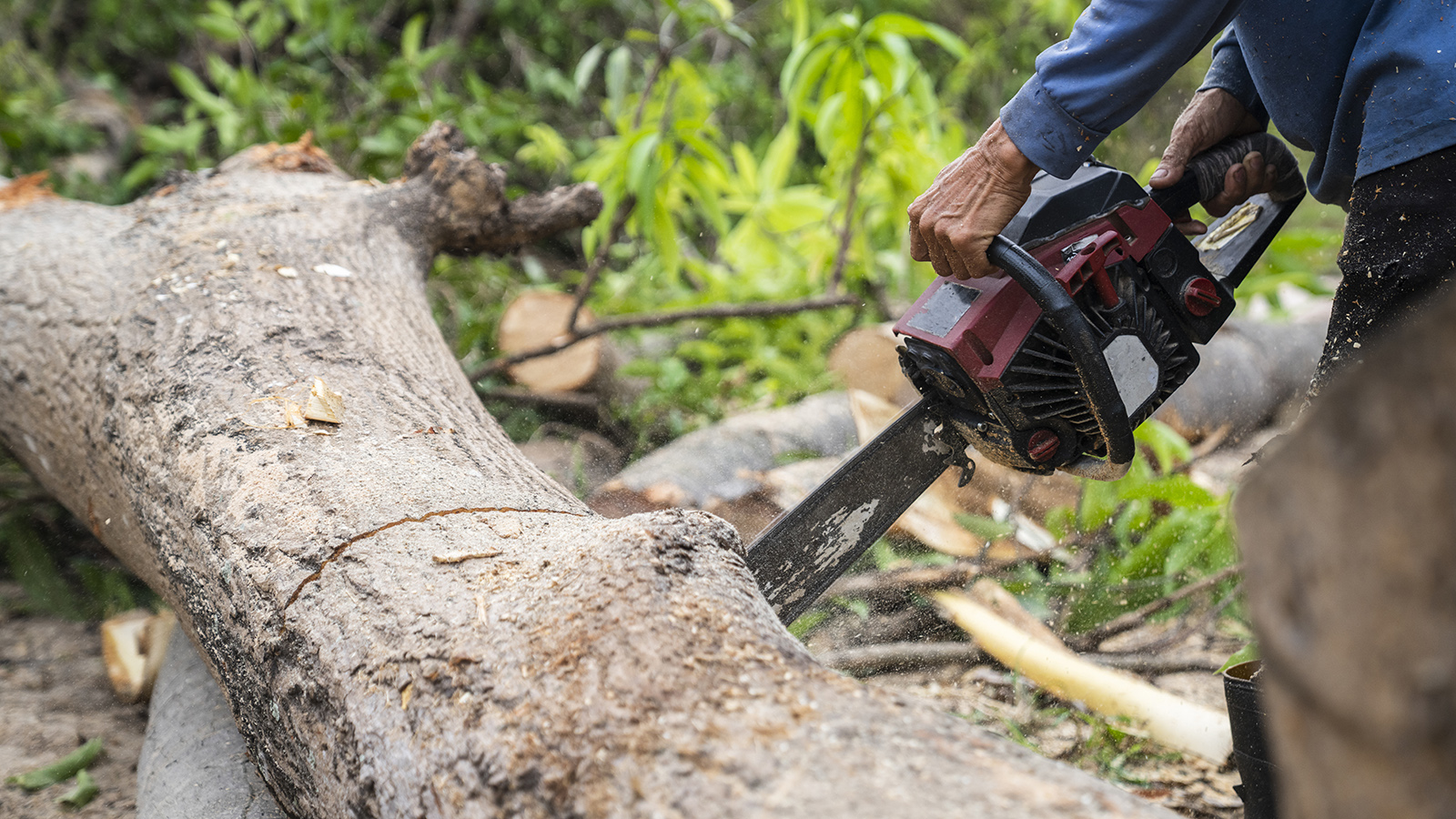
Unsurprisingly, there's more to cutting down a tree if it is in the way of your build than just revving up the chainsaw. Whilst in many cases you don't need special permissions or permits to remove a tree on your property, there are occasions where stricter rules apply.
Cutting down a tree, whether for garden design or building work isn't something to do on a whim. Aside from the environmental considerations, trees play a vital role in the health of our planet, Sarah adds that, "trees are permanent and you can’t ‘unremove’ one if you realise you’ve done something you shouldn’t have done."
In order to avoid fines or even criminal charges, it's worth ensuring you know when and what these are. One person who does and is here to explain it all is Sarah Dodd, a lawyer specialising in everything trees.
Cutting down a tree on your build
Before we go anywhere Sarah Dodd explains that the information here should only be taken as a guide and individuals should seek professional advice before taking any action.
"The law differs slightly between England and Wales on Tree Protection Orders (TPOs), which makes it even more important to speak to a professional for advice on your individual circumstances," she says.

Sarah is a self-confessed ‘tree-hugging lawyer’! As a lawyer specialising in claims arising from damage caused by trees, whether that is tree root subsidence, tree failure, breach of tree preservation orders or damage, and loss of CAVAT value. Sarah is passionate about working with clients to change how claims are run to make sure people and trees can live in harmony.
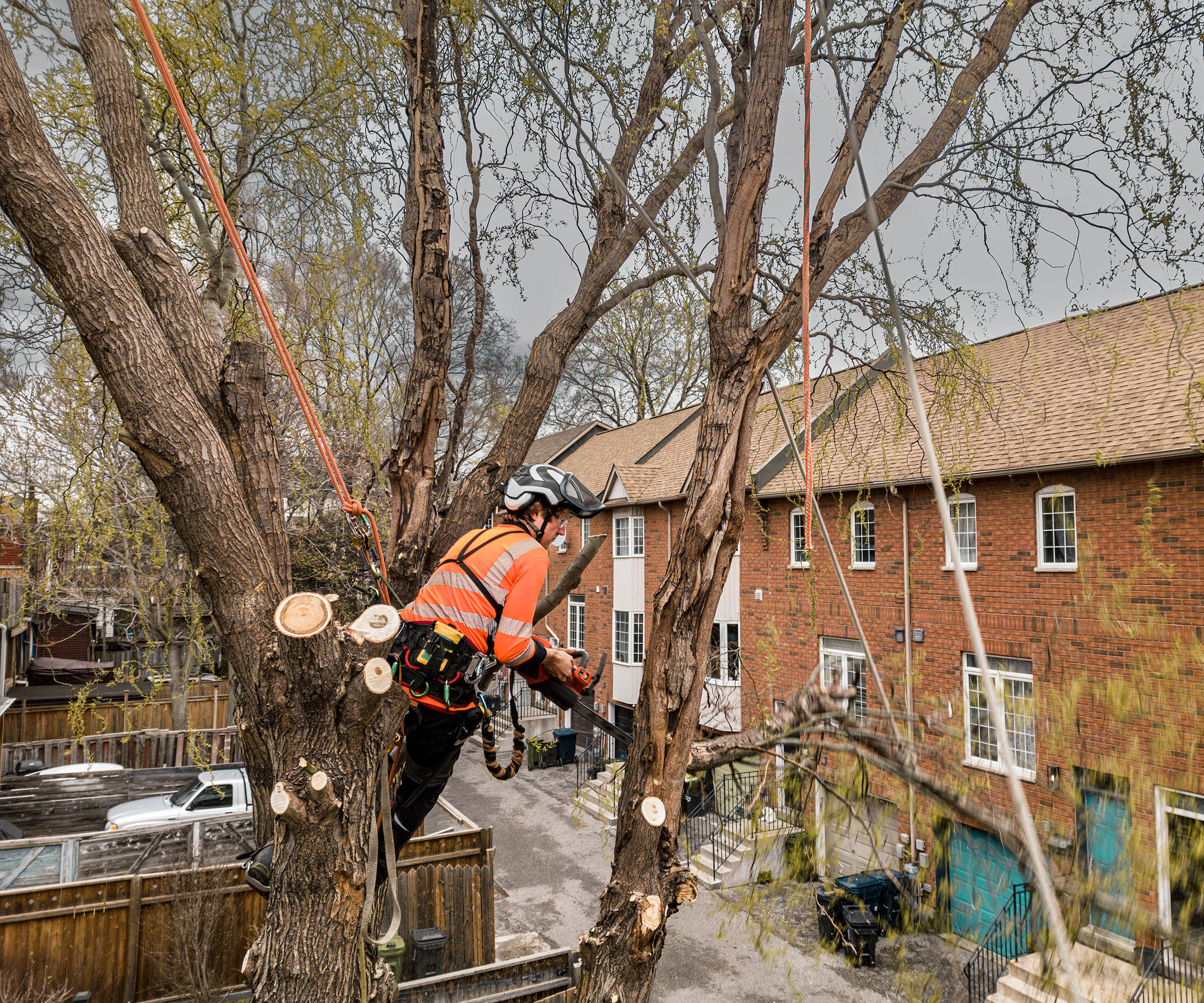
Check who owns the tree
There can be risks when building by trees, so often it is easiest to simply remove it instead. But before you do, there are some things to consider. First off, you can't cut down a tree that you don't own.
If you're building a home on a garden plot for example, and you do cut down a tree that isn't yours, Sarah warns that if you’re convicted and tried in the Crown Court you could receive an unlimited fine.
Bring your dream home to life with expert advice, how to guides and design inspiration. Sign up for our newsletter and get two free tickets to a Homebuilding & Renovating Show near you.
"Rules regarding permissions can depend on so many factors," Sarah explains. "The starting point is that if you’re the tree owner and the tree isn’t protected in any way then you don’t need permission."
If the tree is on property that you own then you likely are the owner. However, there are other factors at play that need to be checked before cutting down a tree.
"There can be issues such as protected species and bird nesting season which might change that. It’s a multi-faceted question that always needs input from an Arboricultural expert to advise you," says Sarah.
Einhell GH-EC 2040 Electric Chainsaw -- 2000W, 16 Inch (40cm) OREGON Bar and Chain | Was £94.95, now £66.94 at Amazon
Saw Kickback Protection, Tool-Free Tensioning -- For Effortless Cutting Of Wood, Trees and Branches
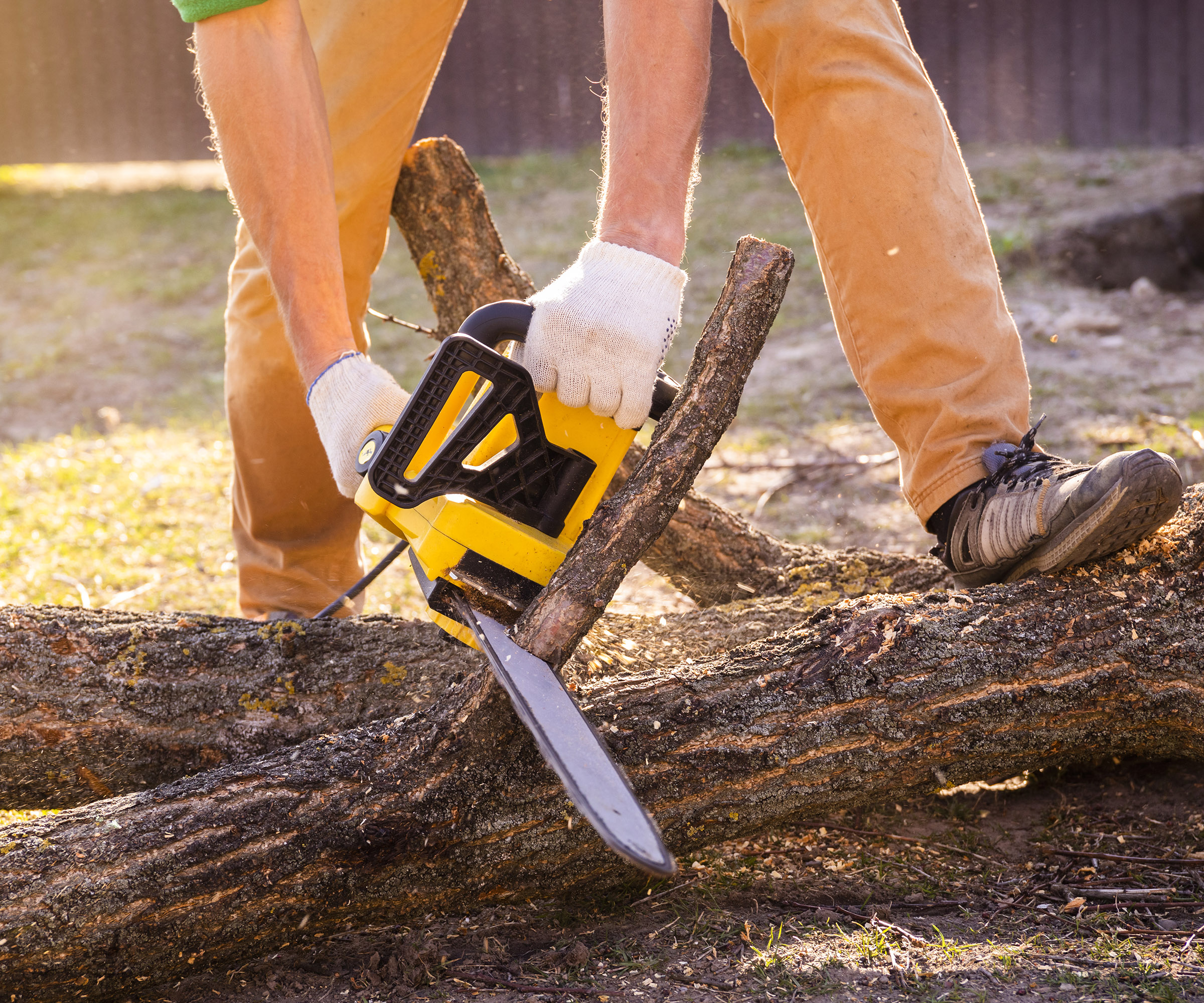
Know whether you are in a conservation area
The idea of a conservation area is to "conserve". Therefore cutting down a tree within such an area has bigger implications. Trees, particularly native species, play an essential role in maintaining wildlife, so the likelihood of you getting permission to remove one is by no means guaranteed.
Don't end up like this individual who was fined 9k for felling 3 apple trees without permission. You might want to have a tree survey done as you would a house survey before buying a new home or piece of land to really be aware of what you're taking on.
"You need to contact the planning authority with an application requesting permission to do that work. If the planning authority doesn’t want to grant that permission they will generally place a tree preservation order on the trees in response, to ensure that they are additionally protected," says Sarah.
So if you're at the stage that you're searching for a plot of land for a self-build for example, then knowing how trees on that land may impact your plans would be important to check that information with a tree survey. Plotfinder, which is part of Homebuilding & Renovating, is a great tool for searching for land to buy.
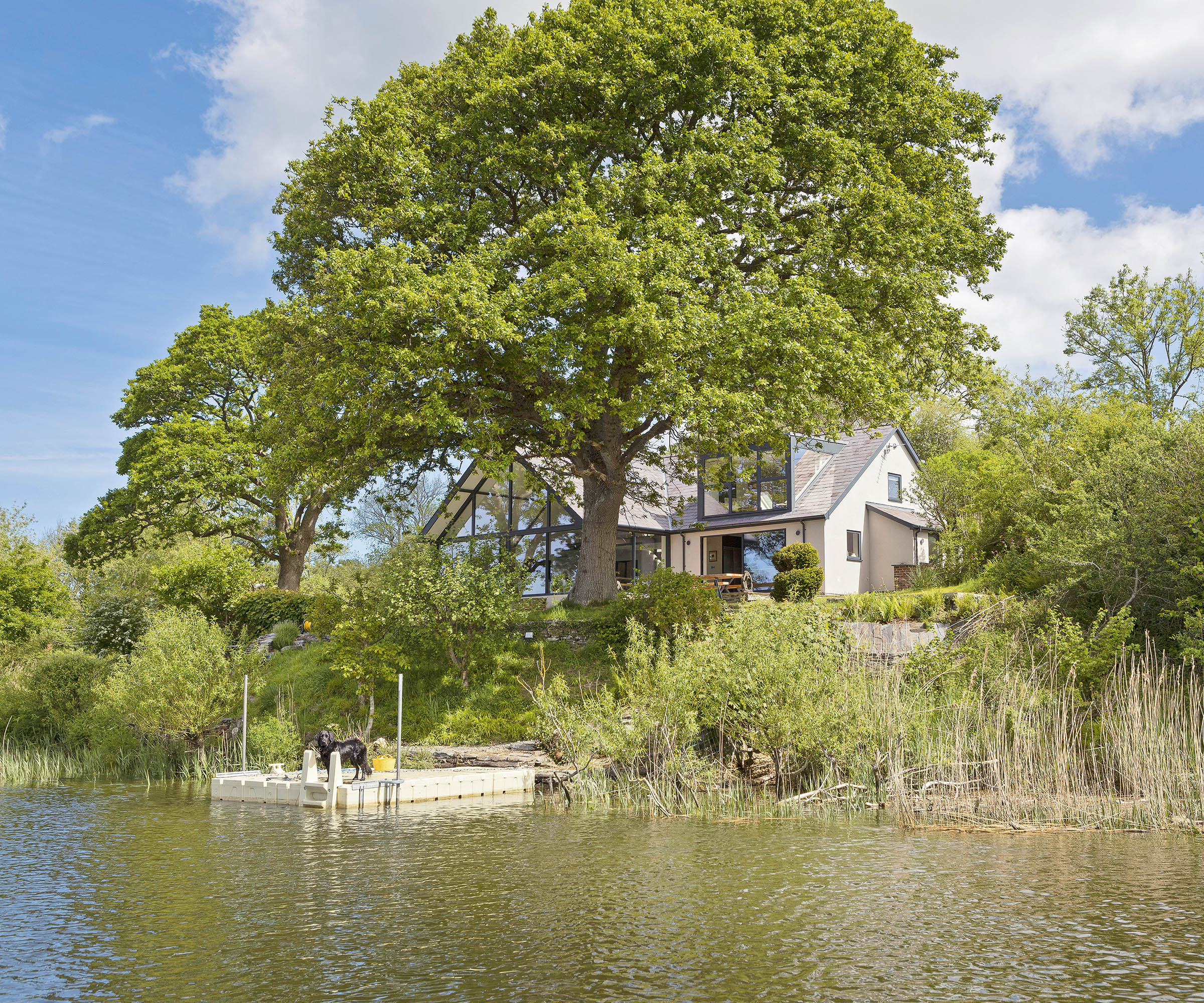
Find out if there's a TPO on your tree
A tree protection order or TPO may have been placed on a particular tree by the local authority if they have deemed it to be of amenity value to the local area.
Sarah's advice is to ask the planning authority whether there is a TPO on a tree. "A TPO is a public document which should be available on request. Not all planning authorities have the same information available in the same way," she says.
"Some might have an interactive online map that you can search to find out, others might require a more manual request to be made to them to give this information."
If you do find it has a TPO it should not be removed, except under very specific circumstances, more on that below. "You can face a criminal prosecution for removing a tree with a TPO which can lead to a conviction in either the Magistrates or the Crown Court," says Sarah.
"The level of fine in the Magistrates Court is limited to £20,000. Fines are unlimited in the Crown Court. Also you will be liable for the cost of a replanted tree to replace the one that was cut down," she says.
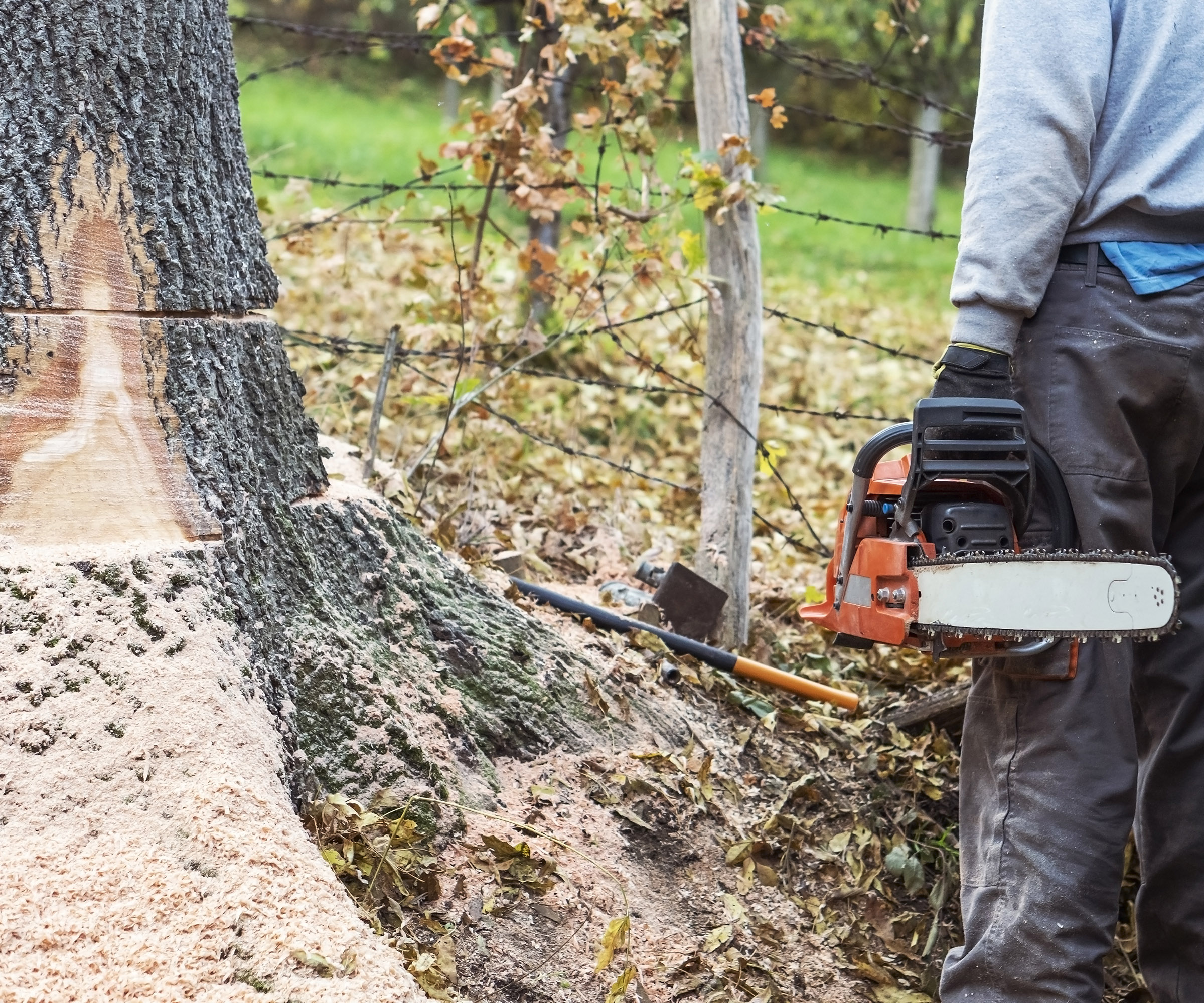
Removing TPOs
If you're planning a home extension and there is a tree standing in your way (literally. You may want to try your luck with getting the TPO removed. According to Sarah a tree with a TPO can in theory be removed. Very broadly speaking Sarah says this can only be done if:
"An application is made first to the planning authority and they provide consent. Or if one of the exemptions set out in the The Town and Country Planning (Tree Preservation)(England) Regulations 2012 apply."
So for most purposes, applying for a TPO to be lifted is the first step. If your application is rejected then the tree stays where it is.
FAQs
Does planning permission override a TPO?
"If planning permission is granted for a development and the work will involve felling or working on protected trees then the planning permission overrides the Tree Protection Order (TPO)," says Sarah.
"This is because the TPO will have been considered by the planning authority at the time the permission was granted."
How long does a TPO last on a tree?
"Once the Tree Protection Order (TPO) is confirmed after the initial six-month period it becomes permanent. It can last longer than the particular tree as, once a tree protected by a TPO has died, it is to be replaced by another tree of the same type in the same place which the same TPO automatically covers," explains specialist tree lawyer Sarah Dodd.
What happens if you damage a tree with a TPO?
"If you damage a Tree Protection Order (TPO) protected tree you might well be guilty of a criminal offence if that was wilful damage. Depending on whether that damage will lead to the death of the tree you are likely to need to replant a replacement tree," says specialist in tree law Sarah Dodd.
"That replacement will automatically be covered by the same TPO in protection. You might face a claim before the magistrates court and a fine. The fine might be less if the damage was accidental rather than wilful."
Do I need to consult my neighbours before I cut down a tree?
"It depends. If this is your own tree and there is no protection on it then no you don’t legally need to consult your neighbours before removing a tree," says specialist in tree law Sarah Dodd.
"Trees on boundaries, trees overhanging boundaries, causing shade, blocking light, causing subsidence, posing a heave risk flag up lots of potential issues. Be a good neighbour and speak to them about it even if the law doesn’t tell you that you have to," she says.
If you are unable to remove a tree, or decide against it, why not build them into your garden landscaping ideas and try to make more of a feature of it? Perhaps you'll be glad that you didn't get rid of it after all!

Teresa was part of a team that launched Easy Gardens in 2018 and worked as the Editor on this magazine. She has extensive experience writing and editing content on gardens and landscaping on brands such as Homes & Gardens, Country Homes & Interiors and Living Etc magazine. She has developed close working relationships with top landscape architects and leading industry experts, and has been exposed to an array of rich content and expertise.
In 2020 Teresa bought her first home. She and her partner worked alongside architects and builders to transform the downstairs area of her two bedroom Victorian house in north London into a usable space for her family. Along the way she learned the stresses, woes and joys of home renovation, and is now looking to her next project, landscaping the back garden.

